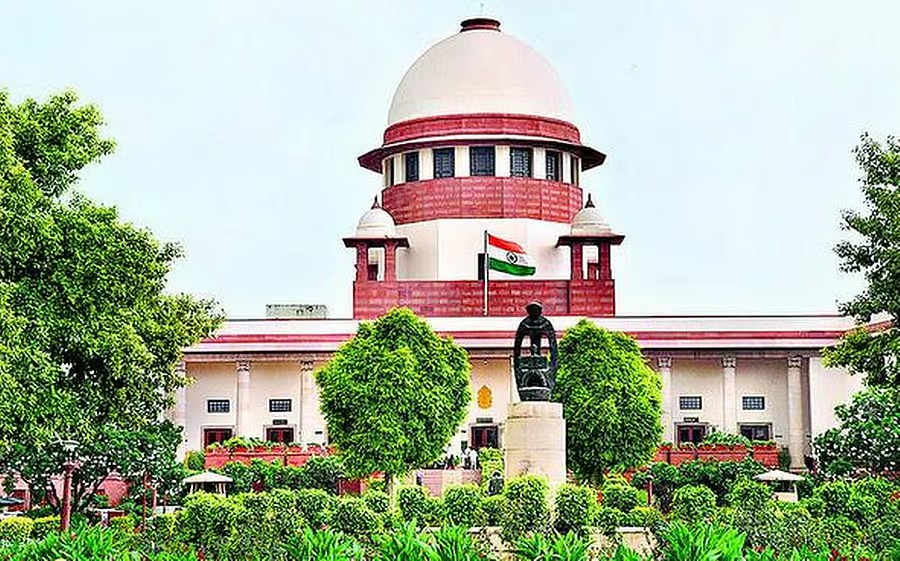@JUDGMENTTAG-ORDER
Agarwala, J.@mdashThis is an application in revision against an order dismissing the applicant''s appeal which was directed against the order convicting the applicants under Sections 325 and 323, I.P.C. Jawala, applicant, has been sentenced to nine months'' rigorous imprisonment u/s 325, I.P.C. and a fine of Rs. 50/- u/s 323, I. P. C. Badri, applicant, has been sentenced to six months'' rigorous imprisonment u/s 325, I. P. C. and to a fine of Rs. 50/- u/s 323, I.P.C.
2. Sita Ram complainant, of village Jaswan-pur, and his uncle Bandi were watering their fields. After half the field had been watered they discovered that the water was not flowing normally. They suspected that it must have been stopped by somebody. Both of them proceeded up stream and found that Jawala had directed the water to his field, though it was the turn of Jaswanpur people to irrigate their fields. Sita Ram protested, and when his protest went unheeded, he tried to block the water channel which had been diverted by Jawala. Jawala then called other persons of the village to his aid including Badri, applicant, and then all of them beat Sita Ram, his uncle Bandi and one Min-ghani causing simple and grievous injuries to them. These facts have been found by both the Courts below, and so the applicants along with other persons were convicted under Sections 325 and 323, I. P. C. It could not be discovered as to which of the accused had inflicted injuries which resulted in grievous hurt.
3. The only point argued before me by the learned counsel for the applicants" is that since it could not be found as to who had inflicted grievous injuries none of them could be convicted u/s 325, I. P. C. and that they could be convicted u/s 323, I. P. C. alone. Reliance is placed upon a judgment of this Court delivered by me in --
4. The distinction between the two classes of cases is obvious. When one person calls others to beat another, and in answer to that call others arrive on the scene and all of them beat that third person, a common intention of all of them to beat the third person must be presumed. The common intention required u/s 34, I. P. C. presupposes a pre-arranged plan which should precede the commission of the crime, but the pre-arranged plan need not precede the commission of the crime by any great length of time. All that is required is that the pre-arranged plan must have come into existence before the crime is committed. The pre-arranged plan can come into existence the moment one person calls another for attacking a third, may be that the length of time between calling and the commission of the crime was only a few seconds. And when both of them attack that third, a common intention has come into existence before the attack is made and both of them can be held guilty for the result achieved in pursuance of the beating. Learned counsel also referred to --''Dipa v. Emperor AIR 1947 All 408 (B). That was also a case in which there was no common intention and it was definitely held that Section 34, I. P. C. did not apply to the facts of the case.
5. There is no force in this revision. It is dismissed.

